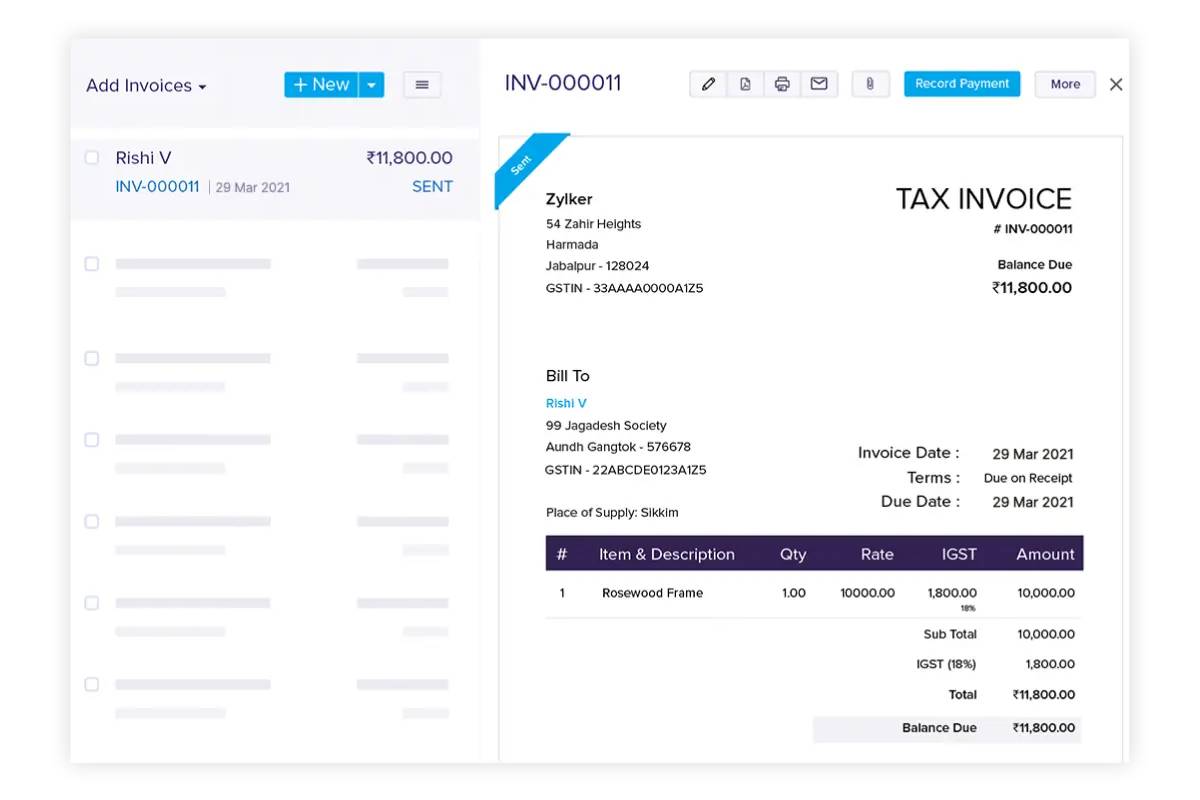
Claiming Home Office Expenses: A Guide
Whether you’re a full-time freelancer, side hustler, or small business owner, working from home has become the new normal. But have you ever wondered if that dining table-turned-desk or the heating costs in your “office” could actually save you money?
Here’s the truth: if you use part of your home for work, HMRC allows you to claim a home office deduction to reduce your tax bill. And no, you don’t need a separate, swanky study with wall-to-wall bookshelves to qualify.
This guide is here to help you understand how simplified expenses, actual costs, and other home-use options work. We’ll cover who can claim, what you can deduct, and how to do it right, without triggering any red flags from HMRC.
If you’ve ever squinted at a spreadsheet wondering whether your internet bill is deductible, this one’s for you.
Why Claim Home Office Expenses?
It’s About Being Fair — and Smart
When you work from home, you’re using your personal space and paying for resources that support your business — heating, electricity, broadband, and rent. So why shouldn’t you get some tax relief?
Claiming home office expenses allows you to:
- Reduce your taxable profit
- Lower your overall tax bill
- Reclaim part of what you’re already spending
It’s not about trickery — it’s about making the system work for you, just as HMRC intended.
Who Can Claim?
Are You Eligible?
If you’re self-employed, including freelancers and sole traders, and work from home as part of running your business, then yes, you can claim.
Examples include:
- A freelance designer using a spare bedroom for client work
- A virtual assistant managing tasks from the kitchen table
- A consultant holding Zoom meetings from the study
Even if you work from home only part-time, you may still qualify. The key phrase from HMRC is: “wholly and exclusively for business use.”
Note: Employees working from home can claim different types of tax relief, usually through PAYE or employer reimbursements — this article focuses on self-employed individuals.
The Two Main Methods: Simplified vs Actual Costs

HMRC allows self-employed people to claim home office expenses in one of two ways:
1. Simplified Expenses
This method uses a flat-rate calculation based on the number of hours you work from home each month. It’s straightforward and doesn’t require you to dig through utility bills.
| Hours Worked at Home (Per Month) | Monthly Deduction |
|---|---|
| 25 to 50 hours | £10 |
| 51 to 100 hours | £18 |
| 101 hours or more | £26 |
That’s up to £312 per year in deductions with minimal admin.
Pros:
- Easy to calculate
- No receipts or records needed
- Safe and HMRC-approved
Cons:
- May underrepresent your actual costs
- Not suitable for high-utility home offices
Best for: Part-time freelancers, side hustlers, or anyone who prefers simplicity.
2. Actual Costs Method
This method involves working out the actual proportion of your household expenses that relate to business use.
Eligible expenses may include:
- Rent or mortgage interest
- Council tax
- Gas and electricity
- Water
- Broadband and phone line
You’ll need to calculate the percentage of your home used for business, and how long you use it.
Example Calculation:
You live in a 5-room house and use 1 room as an office for 8 hours a day.
That’s:
- 1/5 of total space = 20%
- 8/24 hours a day = 33%
If your annual electricity bill is £1,200:
- 20% x 33% x £1,200 = £79.20 deductible
Pros:
- Can result in larger deductions
- More accurate if you work full-time from home
Cons:
- Requires detailed records and calculations
- More time-consuming
Best for: Full-time freelancers or those with significant work-from-home costs.
Which Method Should You Choose?
It depends on your situation.
Use Simplified Expenses if:
- You don’t want to mess with utility bills
- Your home business use is modest
- You work from home inconsistently
Use Actual Costs if:
- You work from home full-time
- You use a dedicated workspace
- Your household bills are significant
You can even use a hybrid — simplified for home working, and actual costs for other deductions like business travel or equipment. Just be consistent and clear.
What You Can and Can’t Claim
Claimable Expenses (If Using Actual Costs)
- Proportion of heating, lighting, and electricity
- Council tax (business percentage)
- Internet and phone (business portion)
- Rent (if renting)
- Mortgage interest (not principal repayment)
- Home insurance (if business use is specified)
Non-Claimable or Limited
- Mortgage capital repayments
- Meals and food (unless travelling for work)
- Clothing (unless it’s protective or a uniform)
- Expenses for personal use areas (living room, kitchen, etc.) unless used exclusively for business during work hours
Important: If a room is used both for business and personal use, you can only claim the business-use portion.
How to Keep Records for HMRC

Stay on the Right Side of the Rules
Even if you use simplified expenses, it’s smart to:
- Log your working hours each month
- Keep utility and council tax bills on file
- Take note of when and how a space is used
If you’re claiming actual costs:
- Save digital or paper copies of all relevant bills
- Use spreadsheets or accounting software to track monthly use
- Take photos of your workspace to support claims (especially helpful in audits)
HMRC recommends you keep records for at least 6 years, in case of review or inquiry.
Tools That Make Tracking Easier
To stay organised, consider tools like:
- QuickBooks: Great for linking bank accounts and managing home deductions
- FreeAgent: HMRC-recognised, ideal for freelancers
- Xero: Powerful reporting tools, but with a steeper learning curve
- Google Sheets or Excel: Low-cost and effective for simpler setups
Real-Life Scenario: Meet Lucy, the Freelance Translator
Lucy works from her two-bedroom flat in Brighton. The second bedroom is her dedicated office, open Monday through Friday from 9 a.m. to 5 p.m.
She chooses the actual cost method because:
- Her electricity bills are high due to winter heating
- She pays £1,000/month rent
- She has a separate phone and broadband for work
Her calculations show she can deduct roughly £1,100 annually, compared to just £312 if she’d chosen the flat-rate option. That’s nearly £800 in extra tax savings — worth the effort.
How to Claim Home Office Expenses on Your Tax Return
When filling in your Self-Assessment tax return, allowable expenses go under:
- “Self-employment (short or full)” section
- Enter your total business expenses in the relevant box
If you’re using actual costs, group them clearly under categories like:
- Rent
- Utilities
- Office expenses
If using simplified expenses, just input the total calculated from the hours worked.
Tip: Keep a note alongside your return showing how you arrived at your figures—it will make things easier if HMRC ever asks questions.
Common Mistakes to Avoid
- Overclaiming: HMRC may investigate if your expenses seem disproportionate.
- Claiming for personal use areas: A laptop in your living room doesn’t mean you can deduct your entire lounge.
- Not keeping receipts: Especially important for the actual cost method.
- Claiming for mortgage repayments: Only the interest is allowed — not the capital.
- Changing methods every year: While not forbidden, frequent switches may trigger scrutiny.
Conclusion: Claim What You Deserve, Without the Stress

Claiming home office expenses isn’t just smart — it’s essential if you want to run your freelance business sustainably. Whether you choose simplified expenses for ease or go the actual costs route for accuracy, the key is clarity, consistency, and good record-keeping.
You already invest so much of your home, time, and resources into your work. It’s only fair to claim what you’re entitled to. Done right, this isn’t just about saving a bit of cash — it’s about empowering yourself to treat your business like the real enterprise it is.


